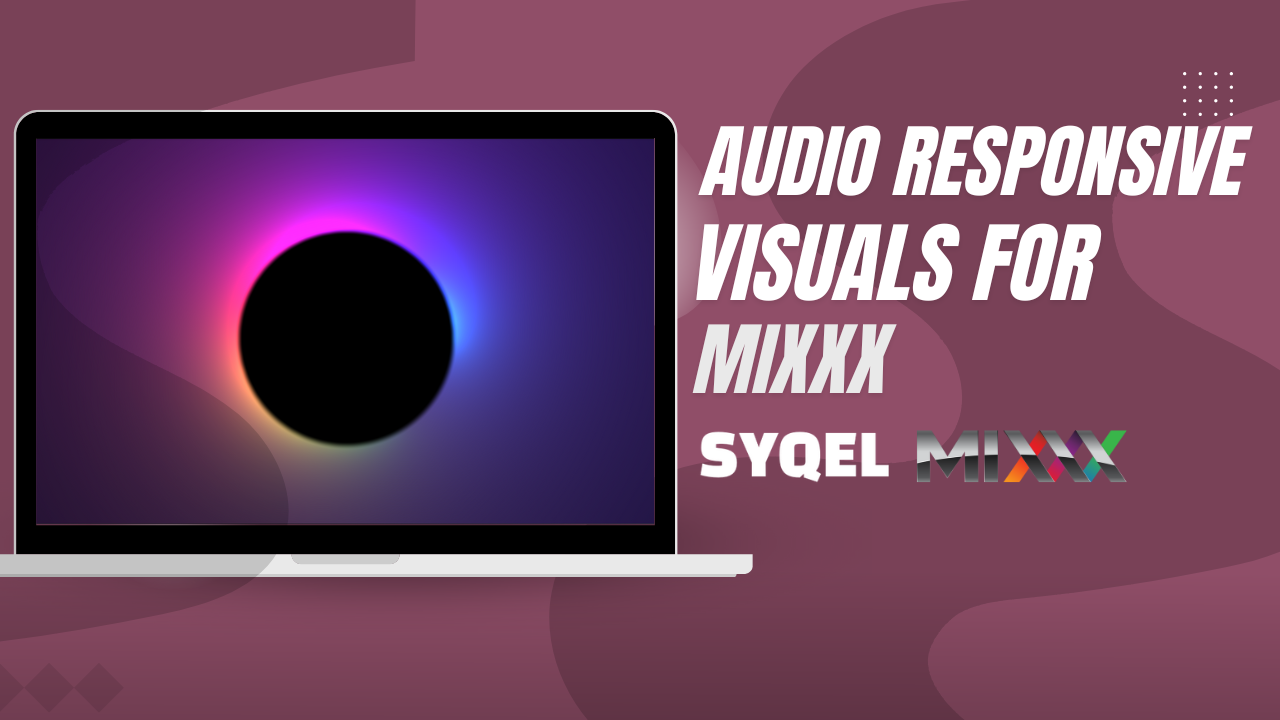An audio responsive visualizer is a tool that converts sound into visuals. It can be used in various settings, including music concerts, clubs, and even at home for personal entertainment. The audio responsive visualizer works by detecting sound waves and converting them into a graphical representation. The visualizer can display different patterns, shapes, and colors based on the audio input. In this article, we will explore the different things you can do with an audio responsive visualizer.
1. Music visualization
The most common use of an audio responsive visualizer is for music visualization. It provides a visual representation of the music being played, adding an extra layer of entertainment to the listening experience. The visualizer can be used in music concerts, clubs, and even at home. It can create a dynamic and immersive experience for the audience, enhancing the overall impact of the music.
2. Gaming
Audio responsive visualizers can also be used in gaming. They can provide a visual representation of the sound effects in the game, creating a more immersive gaming experience. The visualizer can also help players to identify specific sounds in the game, such as footsteps or gunfire, which can be useful in competitive gaming.
3. Meditation
Audio responsive visualizers can be used for meditation and relaxation. The visualizer can display soothing patterns and colors that can help to calm the mind and promote relaxation. Some audio responsive visualizers also include guided meditation sessions that are synchronized with the visuals, providing a more immersive meditation experience.
4. Art installations
Audio responsive visualizers can also be used for art installations. They can be programmed to display specific patterns and colors that are synchronized with the sound in the environment. The visualizer can create a dynamic and interactive art installation that engages the audience and enhances the overall impact of the artwork.
5. Advertising and marketing
Audio responsive visualizers can be used in advertising and marketing campaigns. They can create a dynamic and visually appealing display that captures the attention of the audience. The visualizer can be programmed to display specific patterns and colors that are synchronized with the sound in the environment, creating a memorable and engaging experience for the audience.
6. Therapy
Audio responsive visualizers can also be used for therapy. They can be used to display soothing patterns and colors that can help to calm the mind and promote relaxation. The visualizer can be synchronized with specific sounds, such as nature sounds or white noise, to create a more immersive therapy experience.
7. Education
Audio responsive visualizers can be used in educational settings. They can be used to teach students about sound waves and how they can be converted into visual representations. The visualizer can also be used to teach students about the different patterns and shapes that can be created based on the audio input.
8. Live events
Audio responsive visualizers can be used in live events, such as conferences and presentations. They can provide a visually engaging display that captures the attention of the audience and enhances the impact of the presentation. The visualizer can be programmed to display specific patterns and colors that are synchronized with the audio input, creating a more memorable and engaging experience for the audience.
9. Dance performances
Audio responsive visualizers can be used in dance performances. They can create a visually engaging display that is synchronized with the music and the movements of the dancers. The visualizer can be used to enhance the impact of the dance performance and create a more immersive experience for the audience.


